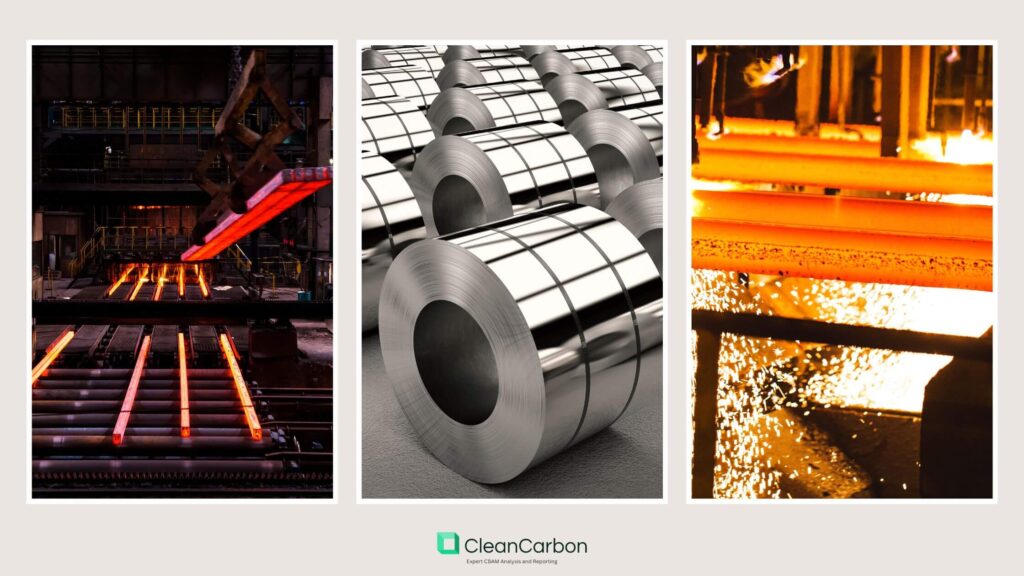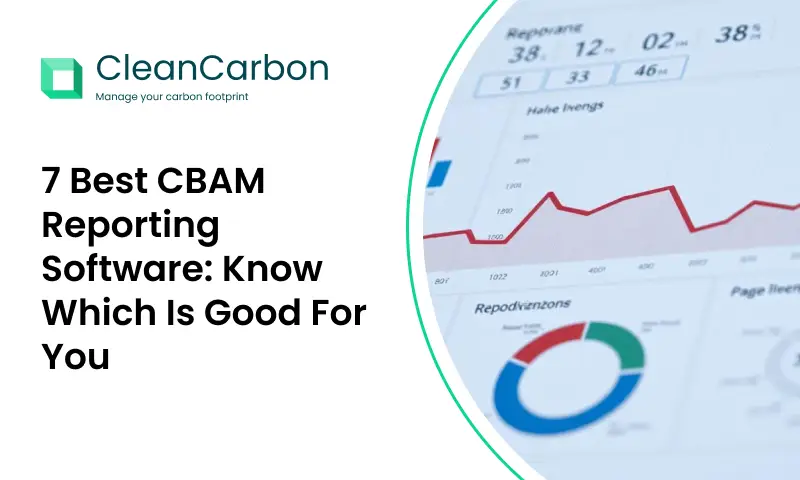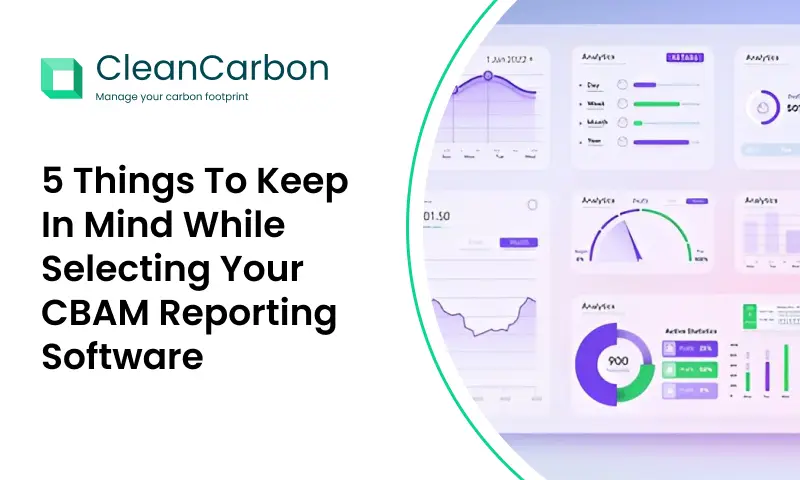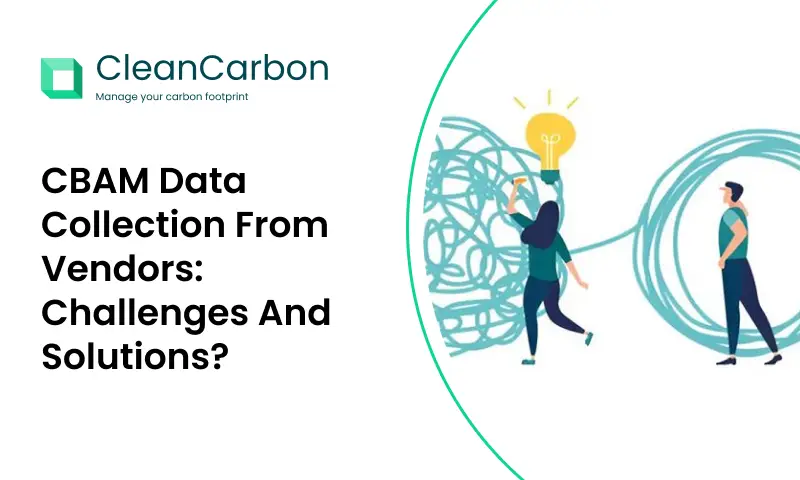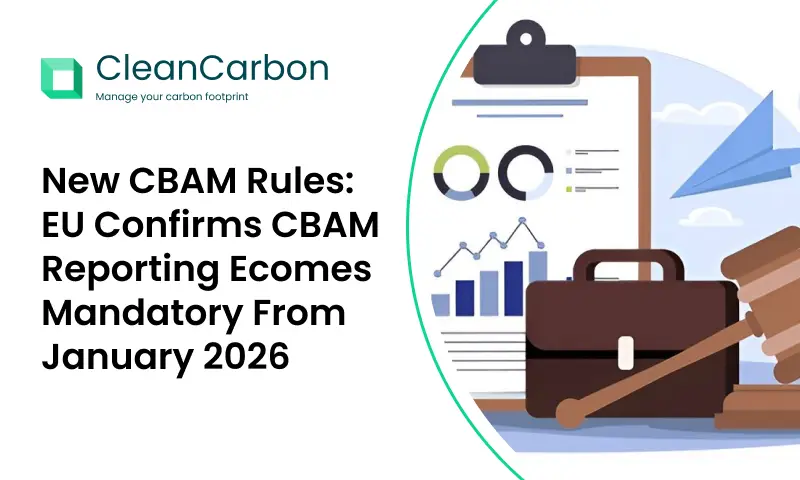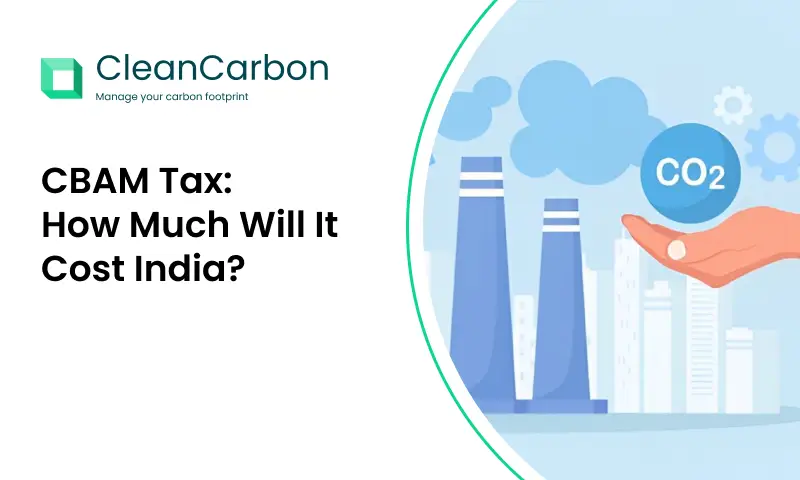The Indian Iron and Steel industry is undergoing some significant changes due to evolving EU Carbon Border Adjustment Mechanism (CBAM) reporting rules and its impact on the trade patterns. Some primary reasons for the CBAM impact on the Indian Iron and Steel industry is that it is the second largest producer in the world, besides being high carbon-intensive. We are currently in the Transitional Phase 1 (October 2023 to December 2025). During this phase, only submitting the quarterly report is mandatory.
However, most of the CBAM reporting requirements, including accurate data collection, timely submission, EU-accredited report auditing, and cross-verification will become mandatory from 2026 when the Definitive Regime starts. Moreover, the penalty for inaccurate report submission will only be applicable from 2026 and CBAM certificate submissions are compulsory from 2027, as per the updated rules under the Omnibus Package.
The primary purpose of the transitional period is for impacted sectors and companies to use the given period as a pilot learning phase to be fully prepared and equipped to adapt to the CBAM ecosystem.
In this blog, we will dissect how Carbon Border Adjustment Mechanism is affecting Indian Iron and Steel and its financial pressures on the MSMEs.
Why is the Indian Iron and Steel sector highly vulnerable to CBAM reporting?
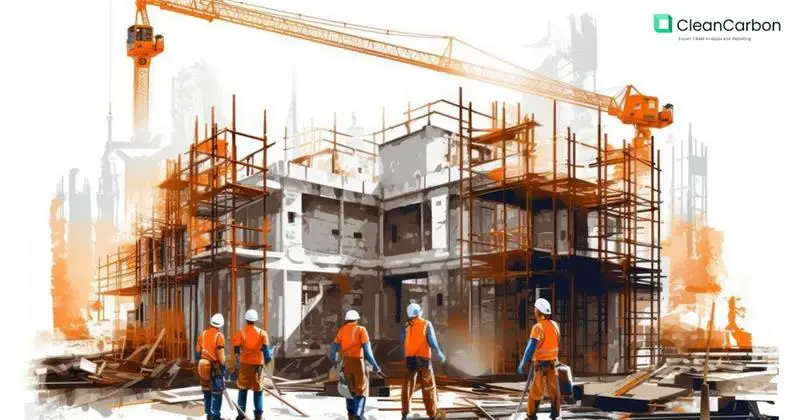
The European Union’s Carbon Border Adjustment Mechanism (CBAM) represents a significant shift in global trade regulations, especially for India’s secondary steel sector, which constitutes 40% of the nation’s steel production. With iron and steel being India’s largest CBAM-covered exports to the EU, the financial impact of this regulation is substantial, potentially adding up to 25% in additional costs. This challenge is particularly critical for India’s MSMEs in the secondary steel sector, which are already facing barriers like low awareness and gaps in emissions data collection.
However, CBAM also presents an opportunity to innovate and adopt low carbon technologies, helping the sector remain competitive and align with India’s Net Zero aspirations. The potential impact of CBAM will be felt on India’s steel exports even after the Omnibus package, focusing on the secondary steel sector, largely composed of micro, small, and medium enterprises (MSMEs). The total contribution of MSMEs to the GDP is 38%, which indicates the steel sector economic powerhouse that will witness major ripples. Close examination of this data indicates that close to half of India’s GDP will be under impact due to CBAM, causing significant impact on India’s economy, trade, and business.
India’s Steel Exports to the EU: In FY 2022-23, India’s iron and steel exports to the EU represented 23.5% of its total steel exports, valued at over $13 billion.
Financial Implications: CBAM could impose an additional 25% carbon tax on Indian CBAM-covered goods exports to the EU, including steel, significantly raising costs and reducing competitiveness, as per the Centre for Science and Environment.
Secondary Steel Sector Vulnerability: The secondary steel sector, using energy intensive methods like Direct Reduction Electric Arc Furnace (DRI-EAF), produces higher emissions and faces greater risk from CBAM’s carbon tariffs.
How does CBAM impact the Indian steel sector?
There are approximately 333 DRI plants, 55 EAFs, 1103 IFs, and 1313 Steel rolling mills in different parts of the nation. Hence, most of these could be under immense impact of CBAM regulations. Steel producers in India are at the most risk from Europe’s new carbon tax, as per Goldman Sachs Group Inc report. There could be an additional $102 to $190 a ton of tax charges on imports of Indian steel over the next decade owing to the high embedded carbon emissions in Indian steel.
A major challenge to India becoming a fully green production hub is systematic and accurate carbon emissions data collection. Additionally, the massive amount of data needs to be managed and processed digitally for efficient outcomes. CBAM could also affect India-EU trade relations in terms of continuity of trade.
How does CBAM change steel exports?
EU CBAM is poised to leave a massive impact on the Indian steel sector and it is going to be critical for small sector players as their economic outcomes will depend on it. The CABM rules will result in major changes as India is the second largest crude steel producer in the world, showing a capacity to produce 179.5 million tones of crude steel in the Financial Year 2023-24, as per the Ministry of Steel report.
Moreover, SMEs constitute 33-35 per cent of India’s crude steel capacity. With this scale of the steel industry under direct impact, international trade will also witness changes. For instance, India’s iron and steel export to the European Union stands at 23.5%, as per the latest World Bank Data.
In 2023, India ranked 2nd in global steel production with an output of 140.8 million tones, as per the World Steel in Figures 2024 report. Furthermore, India exported over $13 billion worth of iron and steel in fiscal year 2023, as per the Steel Export data. India’s position as the second-largest steel producer and a major exporter, highlights its global trade integration and business significance. The introduction of CBAM poses compliance challenges for Indian steel exports, especially to the EU, pushing the industry to adopt sustainable practices to stay competitive, profitable and relevant globally.
India’s domestic steel production and greenhouse gas emissions
India’s steel industry contributes to around 2% of the GDP, and the production of finished steel in India increased by 49% to reach 122.3 million tonnes over the previous year. India’s emission intensity of steel production is at 2.54 T CO2/T Crude Steel (tCO2/TCS), which is significantly higher than the global average of 1.91, as per the Ministry of Steel report. These figures are only set to witness a sharp spike in coming years due to rising India’s domestic demand and global requirements.
If we look at the emission levels that the Indian steel industry is responsible for, credible data indicates that the steel industry of India accounts for 10-12% of India’s total emissions. India’s historical contribution to the accumulation of GHGs is about 4% despite being home to 17% of the world population. Hence, it is critical to decarbonize the Indian steel industry amid the rapidly changing global economy, which is witnessing the development of a stronger climate-conscious mindset.
Major CBAM challenges for Iron and Steel companies
The challenges associated with CBAM compliance are multifaceted, requiring the implementation of comprehensive systems and processes to meet regulatory Obligations and make businesses CBAM-proof. Here are five key challenges organizations face in preparing CBAM reports:
1. Limited Market Readiness & Regulatory Familiarity
Despite CBAM’s phased rollout, there is a significant knowledge gap among stakeholders regarding its operational nuances—especially around emissions boundaries, embedded carbon calculation, product-level attribution, and quarterly reporting formats. A lack of iron and steel sector-specific training and institutional guidance continues to hinder preparedness.
2. Precision in Emissions Calculation
CBAM compliance requires detailed, process-level emissions quantification, aligned with EU methodologies. Current practices often lack the granularity and accuracy needed for product-wise embedded emissions tracking—particularly in plants with integrated or indirect emissions sources.
3. Data Integrity and Audit-Readiness
Generating traceable, auditable emissions data remains a major barrier. EU regulators demand verifiable, digitized reporting backed by documentation and third-party validation. Manual or fragmented data capture systems in Indian MSMEs compromise both auditability and compliance assurance.
4. Shipment-Level Carbon Traceability
CBAM mandates shipment-wise emissions disclosures, including invoice-linked carbon values. The lack of real-time tracking, ERP integration, and lifecycle data consolidation creates compliance risks and delays in quarterly reporting cycles.
5. Technology and Infrastructure Gaps
A significant share of Indian steel exporters, particularly in the secondary sector, lack the necessary MRV (Monitoring, Reporting, and Verification) infrastructure and digital capabilities. As the Definitive Regime restricts the use of default values from 2026, real-time emissions tracking tools, carbon accounting platforms, and automated reporting systems will be critical.
Conclusion
CBAM is a challenge—but also an opportunity for business expansion if the right technology is used. It can drive innovation, clean tech adoption, and better global trade alignment. For India’s steel industry, the time to prepare is now if it doesn’t want to be impacted by double whammy in the coming years. CBAM is not the only challenge that the Indian iron and steel sector is faced with. It is also feeling the increasing pressure from the Green Steel Taxonomy introduced by the Ministry of Steel.
These regulations coupled with the practical setbacks including lack of adequate infrastructure, high carbon intensity in the Indian iron and steel sector and the right technology is adding to the crisis. It is critical to focus on investment in the right technology to not just defeat the double whammy but also use CBAM as an opportunity for more business expansions and economic gains.

